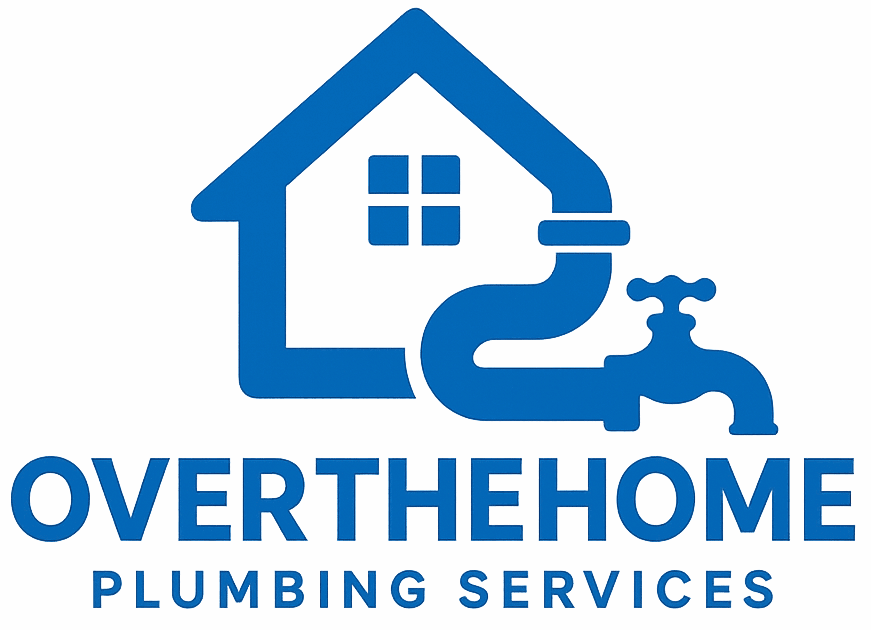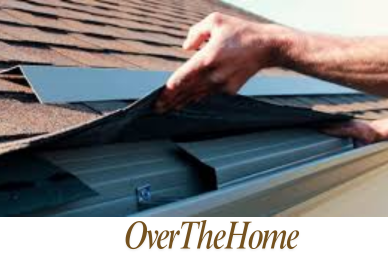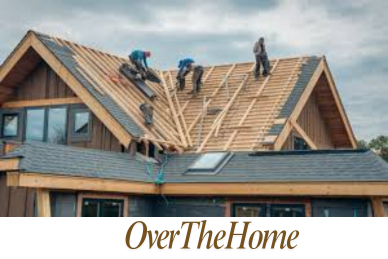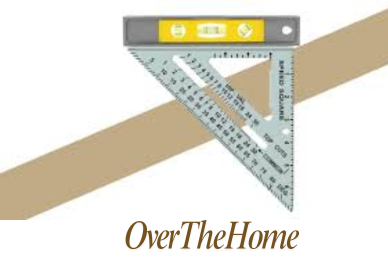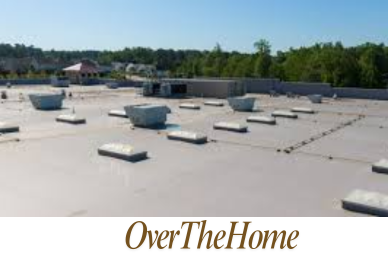How to Pitch a Flat Roof?
Pitched or sloped roofs are often preferred over flat roofs due to better water drainage, increased longevity, and added aesthetic value. If you have a flat roof but want to convert it into a pitched one, it’s entirely possible! The process involves adding slope to your existing roof structure, which enhances drainage and minimizes the risk of leaks. In this guide, we’ll break down the entire process step-by-step, including the costs, structural requirements, and different methods.
Converting a flat roof to a pitched one can be a complex task, but it’s achievable if you follow the right techniques and work with an experienced contractor. Here’s how you can do it:
Why Should You Pitch a Flat Roof?
- Improved Drainage: Pitched roofs prevent water from pooling, reducing the risk of leaks and damage.
- Enhanced Longevity: Sloped roofs tend to last longer as water runoff is quicker.
- Energy Efficiency: Properly pitched roofs offer better insulation and can reduce energy costs.
- Aesthetic Value: Pitched roofs can boost curb appeal, making your property look more visually appealing.
Step-by-Step Process to Pitch a Flat Roof
1. Assess the Existing Roof Structure
Before any modifications, a structural assessment is crucial. Check for:
- Load-bearing capacity: Determine if the current walls can support a pitched roof.
- Roof dimensions: Measure your flat roof’s width, length, and height to ensure the new design is structurally sound.
Tip: Hire a licensed structural engineer to inspect and provide recommendations based on local building codes.
2. Choose the Pitch and Design
The ideal pitch for most residential roofs ranges between 4/12 and 9/12 (this means the roof rises 4 to 9 inches for every 12 inches horizontally). Decide on:
- Low Slope: 4/12 to 5/12 – Good for areas with minimal snowfall.
- Medium Slope: 6/12 to 9/12 – Standard for most homes.
- Steep Slope: 10/12 and above – Best for areas with heavy rainfall or snow.
Pro Tip: Consider the architectural style of your house and neighborhood aesthetics.
3. Select the Pitching Method
There are three main methods to convert a flat roof to a pitched one:
| Method | Description | Cost Estimate (USD) | Pros | Cons |
| Adding Rafters | Adding wooden or steel rafters over the existing flat roof. Ideal for moderate pitch changes. | $5,000 – $12,000 | Retains structural stability | Can be expensive, requires skilled labor |
| Using a Truss System | Prefabricated triangular frames placed over the flat roof. Best for creating high-pitch roofs. | $7,000 – $15,000 | High strength and durability | Heavyweight; requires structural modifications |
| Tapered Insulation Systems | Adds slight pitch by using tapered foam panels underneath a new roofing membrane. Suitable for minimal slope improvements. | $4,000 – $8,000 | Economical for low-pitch applications | Limited slope options |
4. Frame the New Roof
Once the method is selected, start framing the new roof structure:
- Install roof rafters or trusses based on your chosen pitch.
- Ensure the frame is securely anchored to the existing wall structure.
- Use collar ties and ridge boards to connect and stabilize the rafters.
Important: Check local building codes for specific pitch and load requirements.
5. Sheathing and Roofing Material Installation
Cover the newly framed roof with plywood or OSB sheathing. After sheathing, choose a suitable roofing material:
- Asphalt Shingles: Economical and easy to install. ($1.50 – $5.50 per square foot)
- Metal Roof Panels: Long-lasting and fire-resistant. ($5 – $12 per square foot)
- Clay or Slate Tiles: High-end and durable. ($7 – $25 per square foot)
6. Waterproofing and Ventilation
Add a waterproof underlayment to protect against water seepage. Install ridge vents, soffit vents, or gable vents to ensure proper airflow, preventing moisture buildup.
How Much Does it Cost to Convert a Flat Roof to a Pitched One
- Project Cost: Expect to spend between $6,000 and $30,000 depending on the size of the roof, chosen materials, and labor rates.
- Time Frame: It typically takes 1 to 3 weeks for a complete roof conversion.
- Permits and Regulations: Contact your local municipality to obtain necessary building permits. Non-compliance can lead to penalties or forced demolition.
FAQs
Can I pitch a flat roof without removing the existing structure?
Yes, with tapered insulation systems or truss overlays, you can avoid removing the current flat roof.
What is the minimum slope recommended for a pitched roof?
The minimum slope for effective drainage is 3/12, but 4/12 is considered ideal for most residential properties.
How do I choose between a low, medium, or high slope?
Consider your area’s weather conditions. Low slopes are suitable for dry climates, while high slopes work best in regions with heavy snow or rain.
Wrapping Up
Pitching a flat roof involves careful planning, choosing the right method, and following local building codes. With the right approach, it can significantly enhance the durability, aesthetics, and functionality of your roof. It’s recommended to work with professionals for such a project to ensure a safe and long-lasting outcome.
If you have any questions or need more insights, feel free to ask in the comments below!
